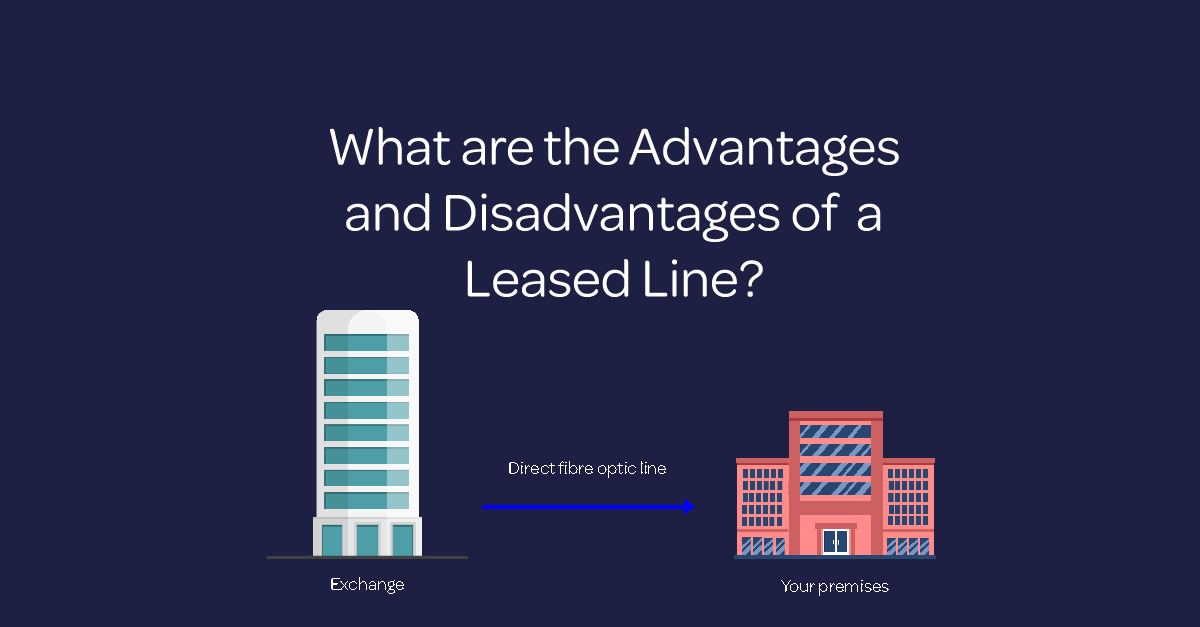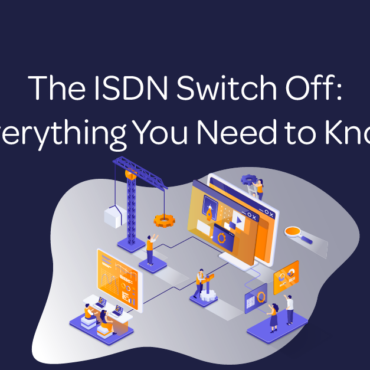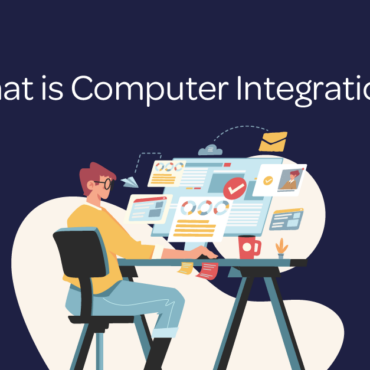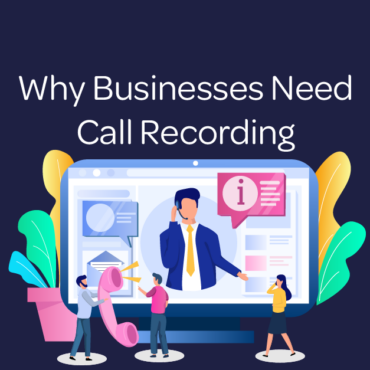As we all become more reliant on the internet, the need for reliable and secure internet access has become more important than ever. Leased lines offer a secure, reliable connection to the internet, but they also come with a hefty price tag and various other considerations. Here, we’ll tell you the advantages and disadvantages of getting a leased line for your business, as well as setting up and managing this connection!
The Advantages
1. Increased Reliability
This is because leased lines are dedicated connections that are not shared with other users. You can be sure that they will always have a stable connection with no fluctuations in speed or quality.
2. Increased Security
Leased lines offer businesses increased security as they are private connections that are not shared with other users. You can be sure that your data is kept secure, as the line is not exposed to the same risks as regular broadband connections.
3. Faster Speeds
This is because the connection is dedicated to the business and is not shared with other users, so businesses can be sure that they are always getting the fastest speeds possible.
4. Increased Scalability
You can easily upgrade your connection to meet the needs of your business as it grows. This is much more difficult with regular broadband connections, as businesses have to negotiate with their ISP to upgrade their connection.
5. Cost Efficiency
Your business can be sure that it is only paying for the bandwidth they need, and it will not be charged extra for additional bandwidth if they need it. This is much more difficult with regular broadband connections, as businesses can be charged extra for additional bandwidth.
The Disadvantages
1. High Cost
This is because leased lines are dedicated connections that are not shared with other users. You can be sure that they will always have a stable connection with no fluctuations in speed or quality.
2. Inflexibility
Leased lines offer businesses increased security as they are private connections that are not shared with other users. You can be sure that your data is kept secure, as the line is not exposed to the same risks as regular broadband connections.
3. Rigid Service Level Agreement
This is because the connection is dedicated to the business and is not shared with other users, so businesses can be sure that they are always getting the fastest speeds possible.
4. Limited Availability
Leased lines are not always available in all locations and may not be available in the exact location you need.
Let’s get a bit techier…
What are the best practices for setting up and managing your leased line connection:
1. Ensure that your leased line is properly connected to the Internet Service Provider (ISP).
2. Make sure that your leased line is properly configured and secured with firewalls and encryption protocols.
3. Monitor your leased line connection regularly and test your connection to make sure that it is working properly.
4. Establish and follow a regular maintenance schedule for your leased line connection.
5. Ensure that your leased line bandwidth is sufficient to meet your needs.
6. Utilize network monitoring tools to diagnose and troubleshoot any issues that may arise with the leased line connection.
7. Ensure that your leased line connection is backed up regularly to avoid any data loss in case of an outage.
8. Set up an SLA (Service Level Agreement) with your ISP to ensure that the leased line connection meets your performance and reliability requirements.
And better yet, if you choose Wayv, you have the training and 5* support from WayvCare included in your service!
Our Knowledge Hub For SME Insights
Wayv Certified Carbon Neutral for Second Year
Wayv are delighted to have been certified carbon neutral by Carbon Neutral Britain for the second year running.
The ISDN Switch Off: Everything You Need to Know
ISDN stands for Integrated Services Digital Network. It is a set of communication standards for transmitting digital data…
What are the Advantages of Hot Desking?
In a traditional office model, you will be in your assigned seat, on-site, from 9-5 every weekday. With…
What Is Computer Integration?
Computer integration integrates your business phone systems by allowing employees to complete all phone-related tasks through your computer,…
Why Businesses Need Call Recording
Call recording is now a fundamental feature of business phone systems; it ensures business protection and improved performance. …
Neurodiversity in the Workplace
Diversity consultant Susan Woods, Henderson Woods, explains, “Diversity of thought is fundamental to understanding the power of diversity…
Better Bandwidth, Better Business Outcomes
In the ever-changing digital world, businesses must be able to keep up to be able to thrive in…
7 Tips to Beat Workplace Stress and Boost Wellbeing
We all know that work can sometimes be stressful. The deadlines, the pressure, and the endless to-do lists…














